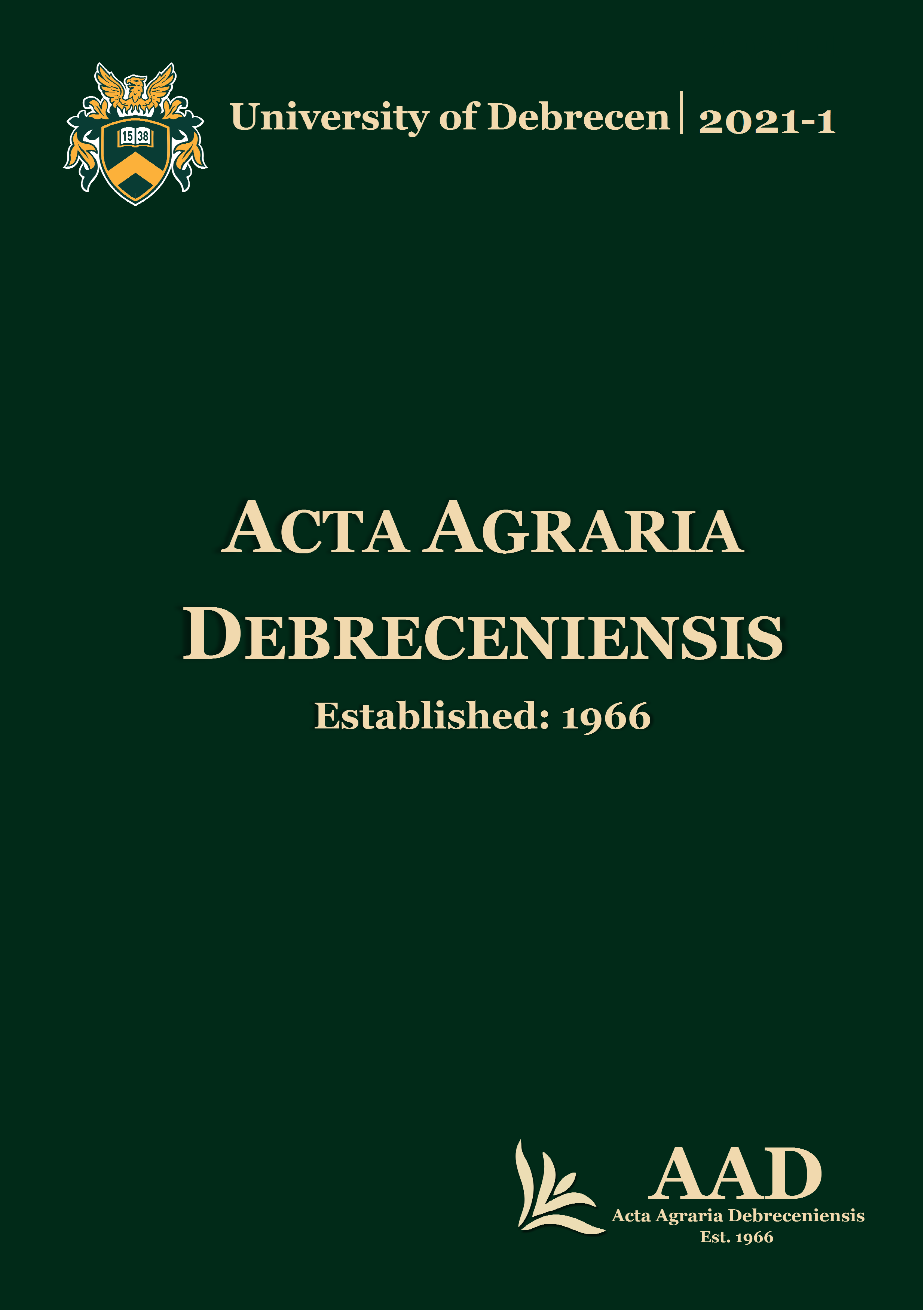Analysis of sweet corn nutritional values using multivariate statistical methods
Authors
View
Keywords
License
Copyright (c) 2021 by the Author(s)

This work is licensed under a Creative Commons Attribution 4.0 International License.
How To Cite
Accepted 2021-03-24
Published 2021-06-01
Abstract
Processing large amounts of data provided by automated analytical equipment requires carefulness. Most mathematical and statistical methods have strict application conditions. Most of these methods are based on eigenvalue calculations and require variables to be correlated in groups. If this condition is not met, the most popular multivariate methods cannot be used. The best procedure for such testing is the Kaiser-Meyer-Olkin test for Sampling Adequacy. Two databases were examined using the KMO test. One of them resulted from the sweet corn measured in the scone of the study, while the other from the 1979 book of János Sváb. For both databases, MSA (measures sampling adequacy) was well below the critical value, thus they are not suitable e.g. for principal component analysis. In both databases, the values of the partial correlation coefficients were much higher than Pearson’s correlation coefficients. Often the signs of partial coefficients did not match the signs of linear correlation coefficients. One of the main reasons for this is that the correlation between the variables is non-linear. Another reason is that control variables have a non-linear effect on a given variable. In such cases, classical methods should be disregarded and expert models better suited to the problem should be chosen in order to analyse the correlation system.

 https://doi.org/10.34101/actaagrar/1/8587
https://doi.org/10.34101/actaagrar/1/8587